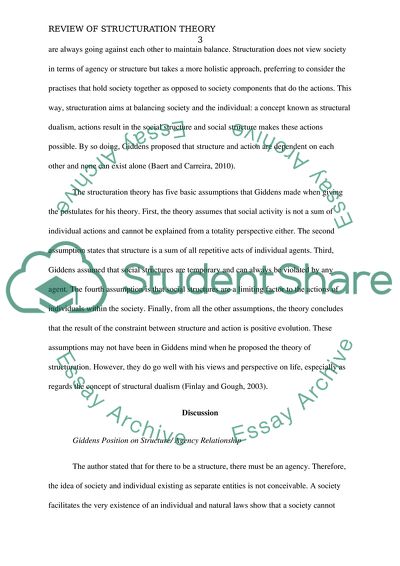Cite this document
(Critical Review on the Agency-Structure Relationship Literature, n.d.)
Critical Review on the Agency-Structure Relationship Literature. https://studentshare.org/sociology/1762273-critical-review-on-the-agency-structure-relationship-giddens
Critical Review on the Agency-Structure Relationship Literature. https://studentshare.org/sociology/1762273-critical-review-on-the-agency-structure-relationship-giddens
(Critical Review on the Agency-Structure Relationship Literature)
Critical Review on the Agency-Structure Relationship Literature. https://studentshare.org/sociology/1762273-critical-review-on-the-agency-structure-relationship-giddens.
Critical Review on the Agency-Structure Relationship Literature. https://studentshare.org/sociology/1762273-critical-review-on-the-agency-structure-relationship-giddens.
“Critical Review on the Agency-Structure Relationship Literature”. https://studentshare.org/sociology/1762273-critical-review-on-the-agency-structure-relationship-giddens.


